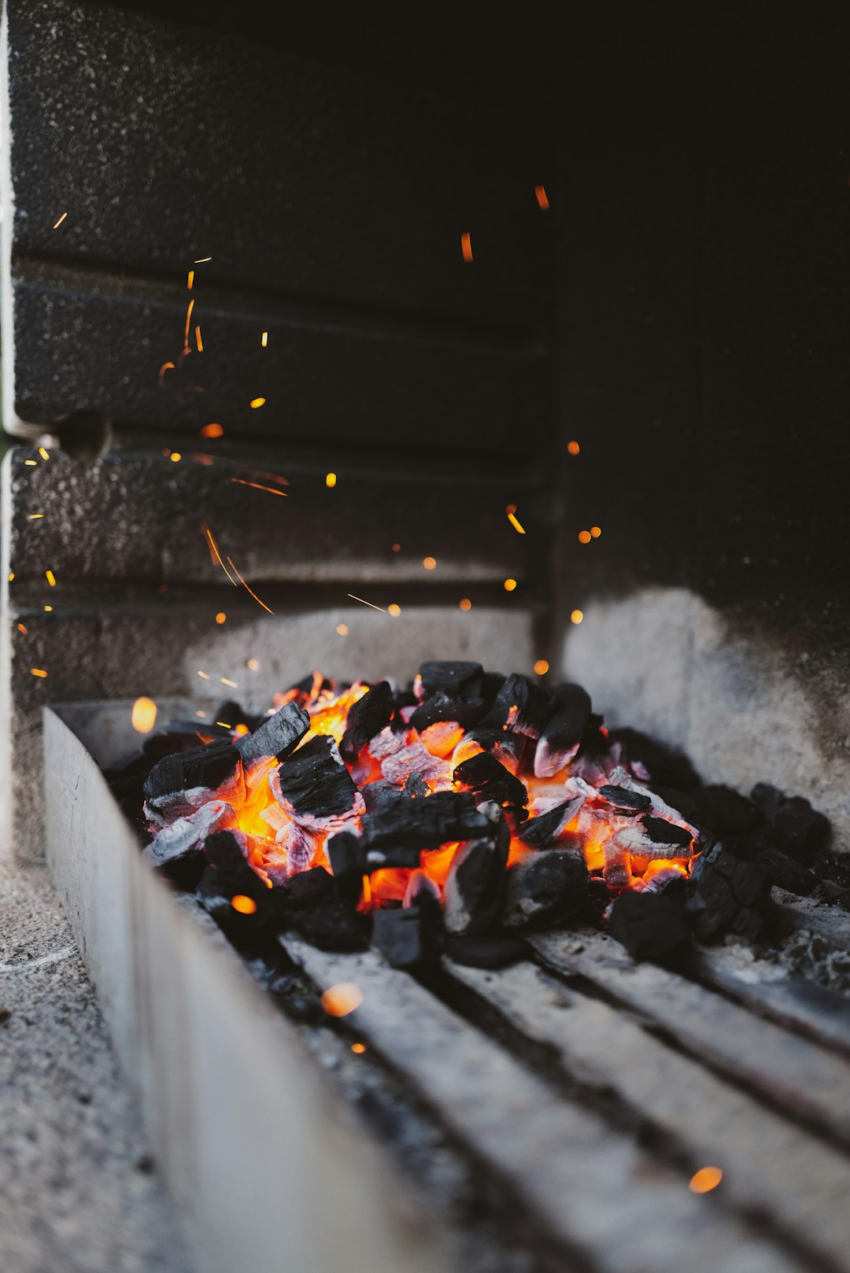Creating a standout BBQ jerky recipe starts with choosing meat: traditional beef or adventurous venison. Marinate for intense flavor, dry age for tender texture, and smoke for smoky aroma. Adjust spices from mild to fiery hot. Cut, store, and serve for the ultimate snacking experience.
Looking for a mouthwatering BBQ jerky recipe with a kick? Discover the secrets to crafting delectable, tender jerky at home. From selecting the perfect meats like beef or venison, to mastering marination with tangy BBQ spices and heat, this guide covers it all. Learn the art of dry aging for ultimate tenderness and explore diverse smoking techniques for flavor infusion. Plus, find tips on adjusting spice levels and serving suggestions for the perfect bite.
- Choose Your Meats: Beef or Venison for Jerky
- Marinate with BBQ Spices and Heat
- Dry Aging: The Key to Tender Jerky
- Smoking Techniques for Flavor Infusion
- Adjusting Spice Levels to Your Preference
- Cutting and Serving Tips for Perfect Portions
Choose Your Meats: Beef or Venison for Jerky
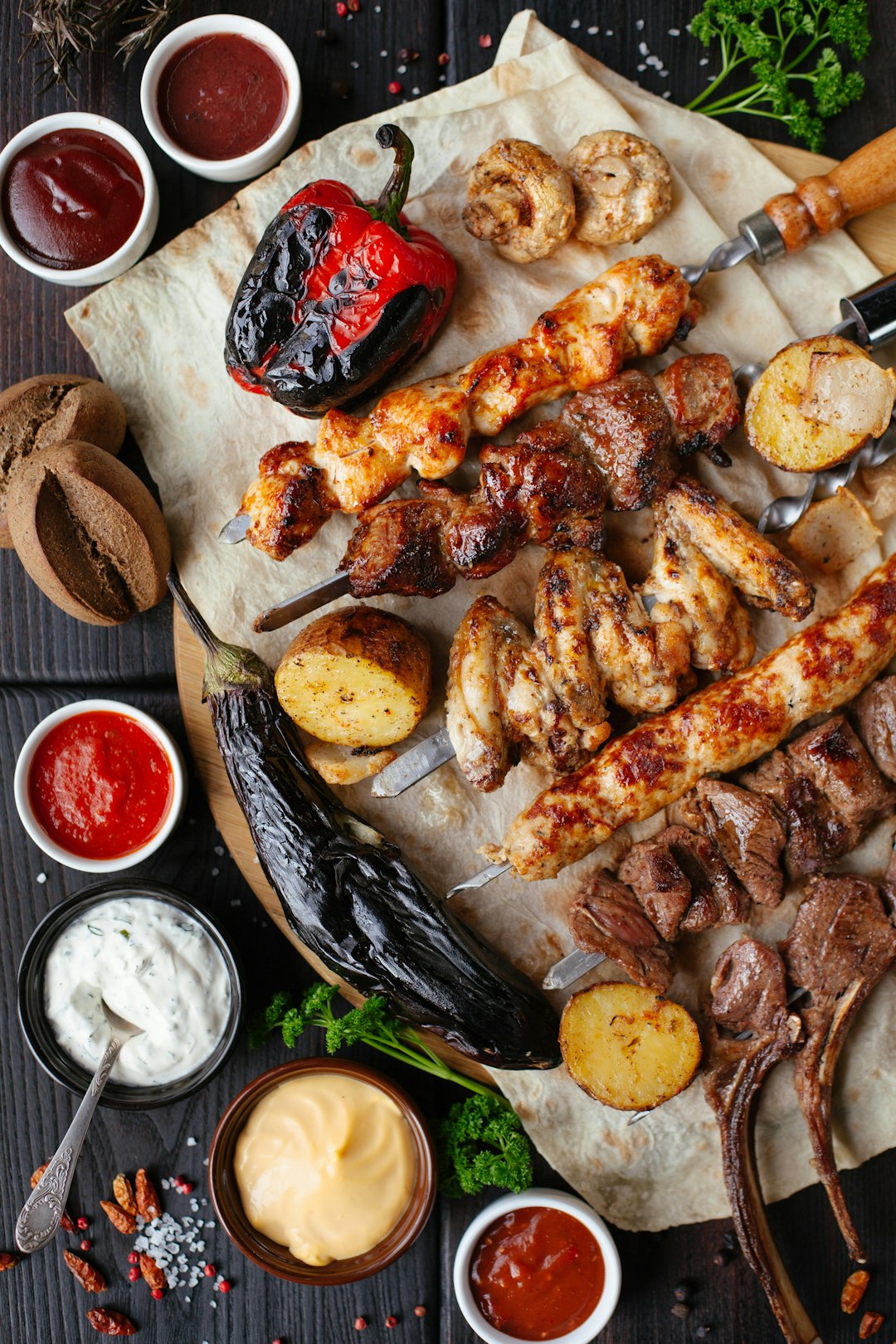
When crafting your perfect BBQ jerky recipe, the first step begins with selecting the right meat. Traditional choices for jerky often lean towards beef, known for its rich flavor and readily available nature. However, for a unique twist that brings an intense heat, consider venison. This wild game meat offers a distinct taste profile compared to beef, adding complexity to your BBQ jerky recipe.
Both options provide excellent opportunities to experiment with different marinades and spices, ultimately determining the level of heat and flavor that suits your palate. Whether you’re a fan of classic BBQ jerky or crave an adventurous kick, choosing the right meat is fundamental to creating a memorable and flavorful snack.
Marinate with BBQ Spices and Heat
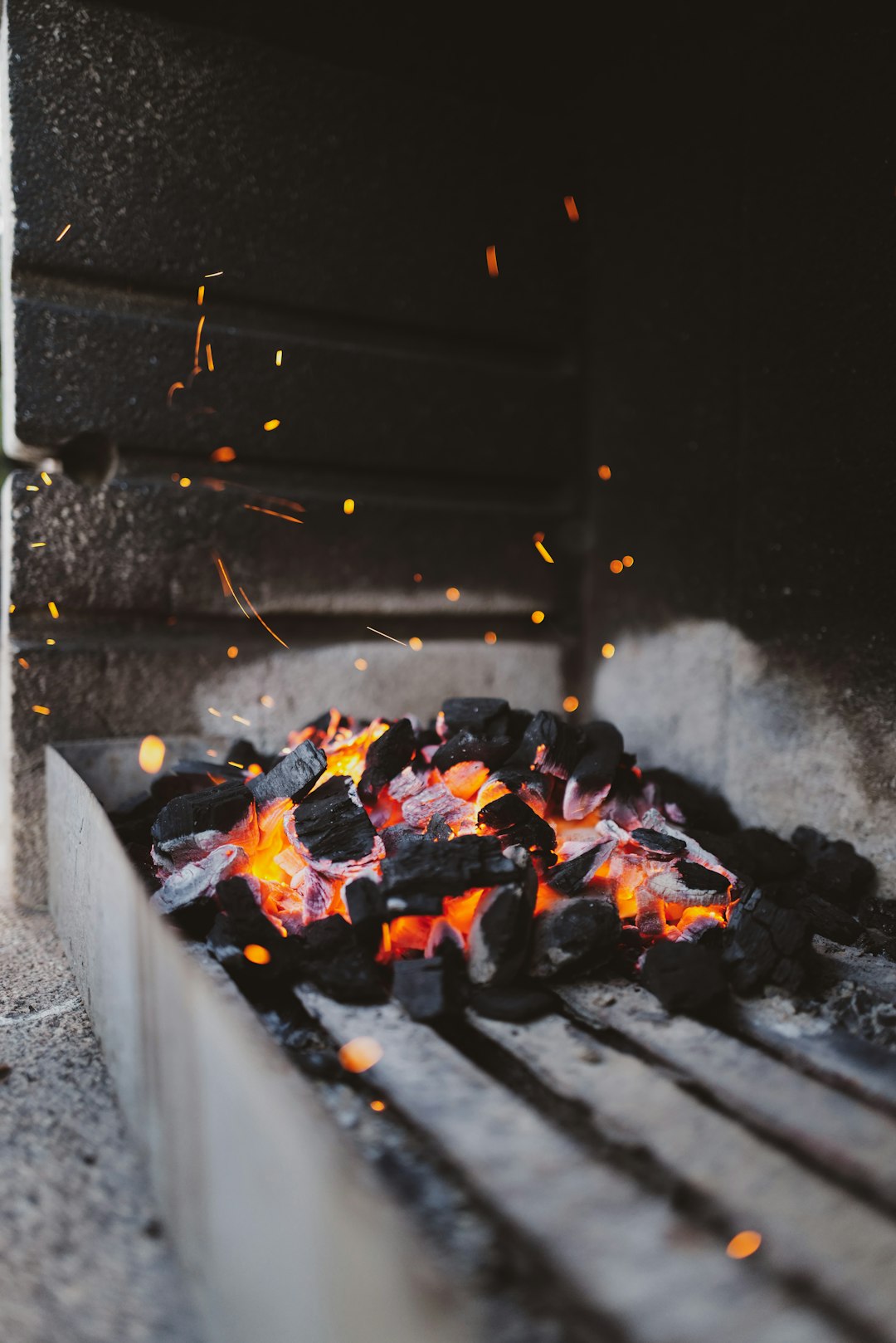
To elevate your BBQ jerky recipe, marinating is a game-changer. Start by combining your favorite BBQ spices with a kick of heat—a simple yet effective way to infuse flavor and tenderness into your meat. Use a mix of paprika, garlic powder, onion powder, salt, pepper, and chili powder for that smoky, savory taste with a hint of heat. For an extra punch, add cayenne pepper or dried hot peppers like habanero or jalapeño.
Let the meat sit in this aromatic marinade for several hours or even overnight. This step is crucial for the flavors to penetrate the meat, resulting in a delicious BBQ jerky that’s both tender and packed with flavor. Ensure you turn the meat occasionally to ensure even marination.
Dry Aging: The Key to Tender Jerky
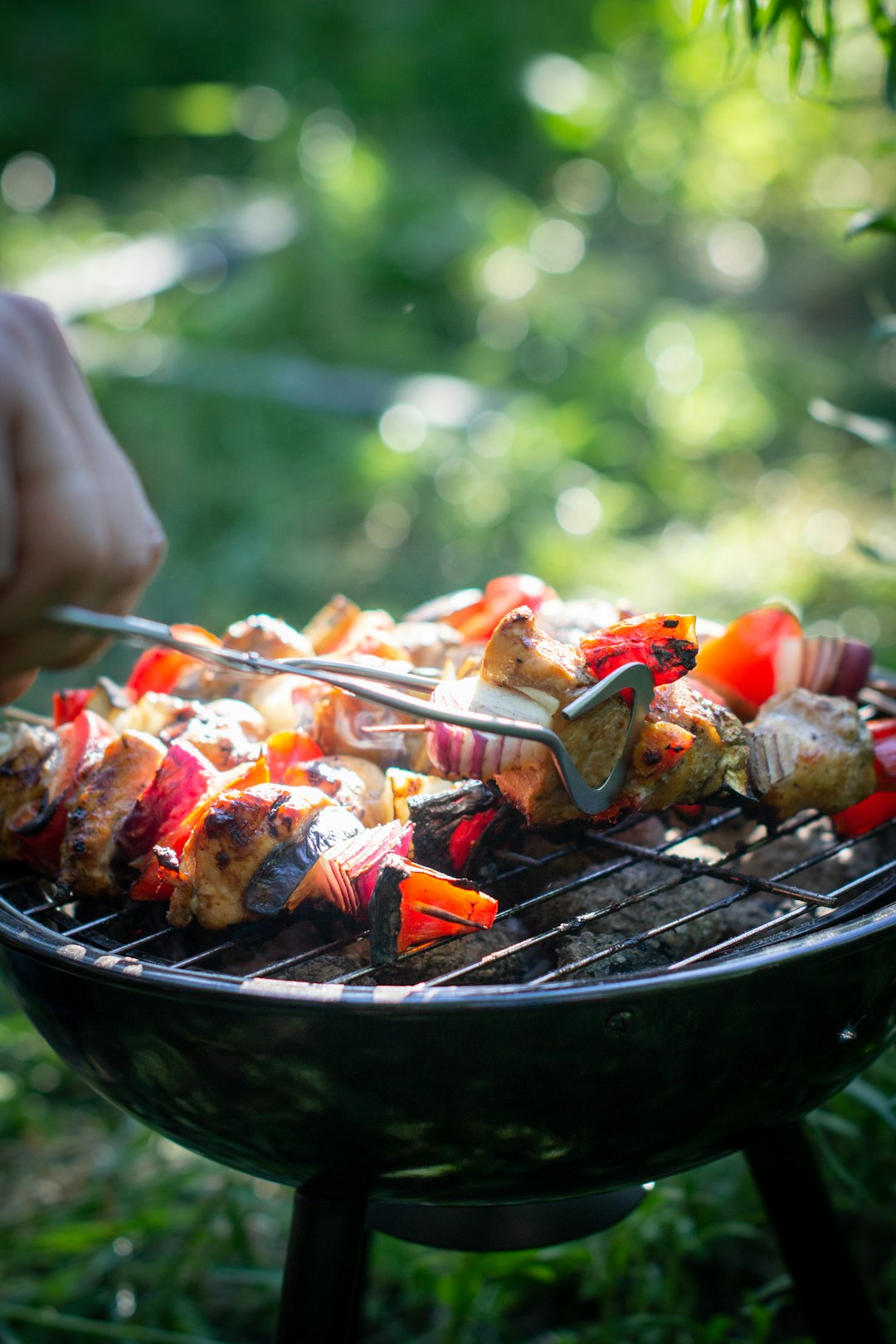
Dry aging is a crucial step in crafting the perfect BBQ jerky recipe with a kick of heat. It’s a process that involves allowing the meat to rest and cure for an extended period, typically anywhere from 7-14 days. During this time, natural enzymes break down proteins, making the final product incredibly tender. The slow process ensures that each piece of jerky is as close to melt-in-your-mouth perfection as possible without compromising its savory flavor.
This key step sets apart a good BBQ jerky recipe from an exceptional one. By dry aging the meat, you enhance its ability to retain moisture, ensuring each strip remains juicy even after thorough cooking and a generous coating of your signature spicy rub. The result? A robust, flavorful jerky experience that will have folks reaching for seconds—or even thirds!
Smoking Techniques for Flavor Infusion
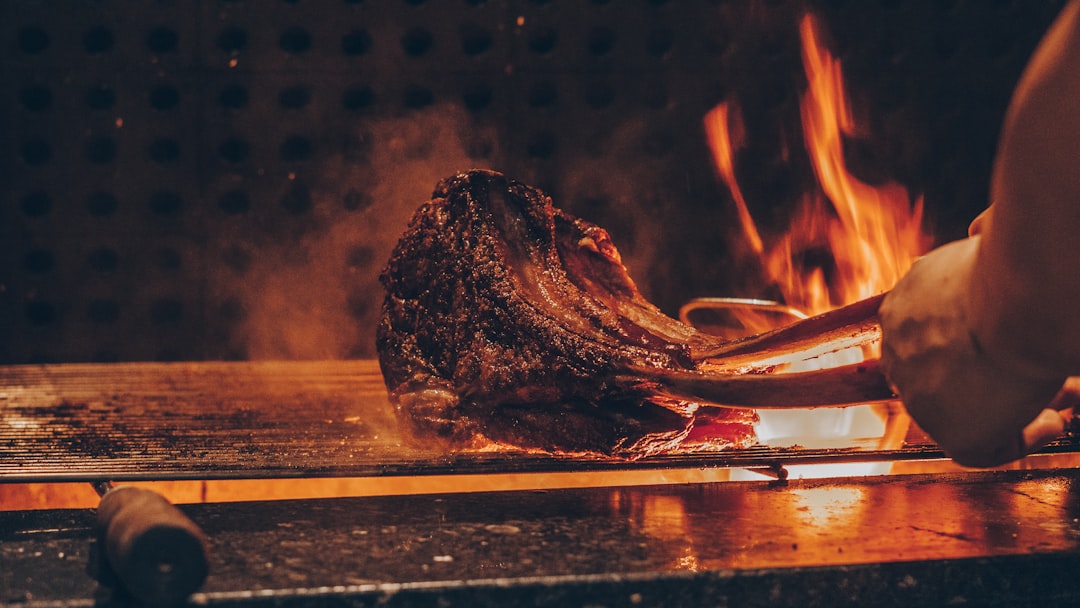
Smoking is a classic technique that significantly enhances the flavor of BBQ jerky recipes, adding a distinct smoky aroma and taste that sets it apart from other dried meats. The process involves slowly cooking the meat in low and controlled heat using various smoking methods. One popular method is cold smoking, where the meat is smoked at lower temperatures (around 100-150°F) for an extended period, infusing it with a subtle smoky flavor without drying it out. This technique is ideal for jerky as it allows the meat to retain its moisture and texture.
Hot smoking is another approach, where higher temperatures (200-300°F) are used for a shorter duration. This method cooks the meat thoroughly while still imparting a robust smoky flavor. The choice between cold and hot smoking depends on personal preference and the desired outcome. Experimenting with different smoking times and temperatures in your BBQ jerky recipe can lead to a unique and flavorful final product.
Adjusting Spice Levels to Your Preference
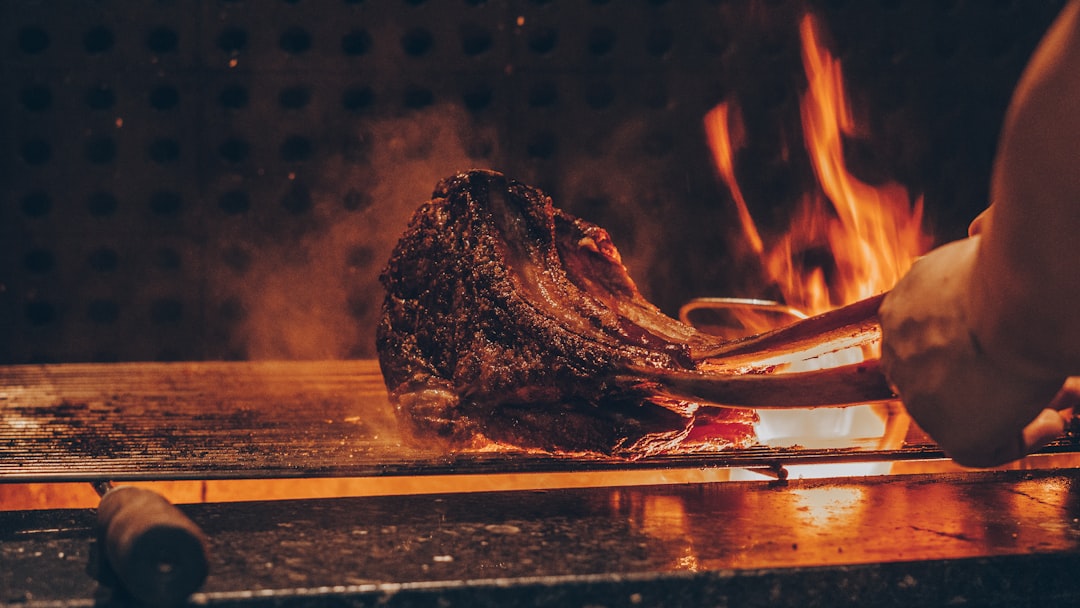
When crafting your perfect BBQ jerky recipe, understanding how to adjust spice levels is key. The beauty of making jerky at home lies in tailoring it to your exact taste preferences. Start with a base blend of spices—a combination of salt, pepper, garlic powder, and paprika—to create a robust flavor profile. From there, introduce heat slowly, adding chili powder or cayenne pepper in small increments until you reach your desired level of spiciness. Remember, you can always add more heat, but it’s harder to take it back!
For those who prefer a subtle kick, opt for less spicy varieties like milder chili powders or even smoked paprika. On the other hand, if you’re a spice enthusiast, feel free to boost the heat with habanero, jalapeño, or even ghost pepper blends. Experimentation is encouraged—try different combinations and brands until you find the perfect balance that makes your BBQ jerky recipe sing with flavor.
Cutting and Serving Tips for Perfect Portions
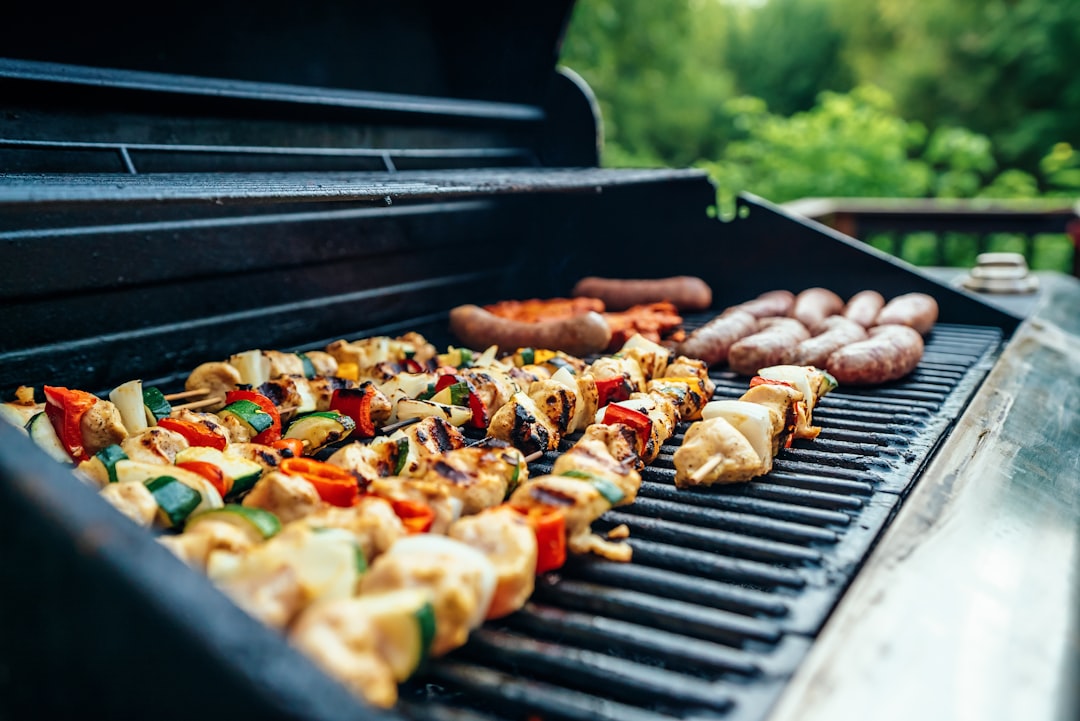
When preparing your BBQ Jerky Recipe, consider portion control for a satisfying snacking experience. After baking or air-drying your jerky, use a sharp knife to cut it into even strips—this ensures each piece is evenly seasoned and cooked. Aim for thicknesses between 1/4 inch (0.6 cm) and 1/2 inch (1.3 cm) for optimal texture and chewiness. Store your homemade BBQ jerky in an airtight container at room temperature or refrigerate to maintain freshness.
For a delicious presentation, serve the jerky on a platter with various dipping sauces like barbecue sauce, ranch dressing, or spicy chili oil. You can also offer chopped vegetables or crackers as a contrast to the chewy jerky, allowing your guests to create their own flavorful combinations.
